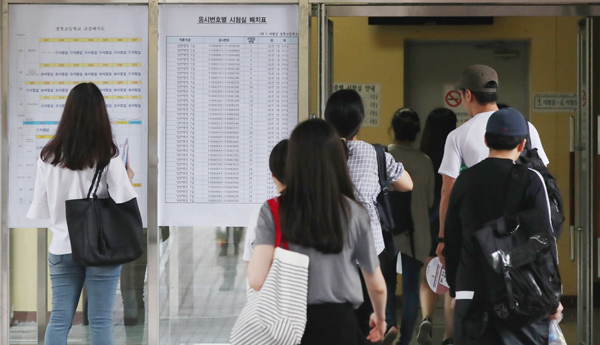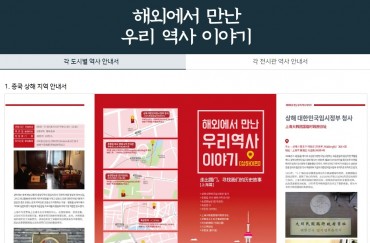SEOUL, Sept. 26 (Korea Bizwire) – Once hailed as a “dream job” and immensely popular among young job seekers, being employed as a civil servant was even ranked as the best job to have in 2009.
However, the allure has waned over the years, with fewer candidates showing interest in the grade 9 civil service exam. While applications are still highly contested, recruitment is currently experiencing its lowest level of competitiveness since 1992.
As the number of civil service exam takers dwindles, regions known as hubs for civil service aspirants are also witnessing a decline in their business prospects.
The issue at hand isn’t solely the declining interest in civil service roles; it’s also the increasing rate of attrition, particularly among younger civil servants. Last year, over 8,400 civil servants had served in government positions for less than three years. In 2018, this number stood at only 3,000, marking a more than twofold increase over five years.
Some argue that this trend of young individuals shying away from public service mirrors a broader societal issue, notably in Japan, where the number of young civil servants in their twenties leaving their positions has become a growing concern.
According to a Japanese government survey, the number of voluntary departures among individuals in their twenties, equivalent to South Korea’s fifth-level civil servants, was four times higher in 2019 than in 2013.
The exodus of young civil servants has persisted as a significant issue in recent years, and its root causes appear to include an inequitable pay structure, rigid organizational culture, and the presence of detrimental workplace grievances.
A survey conducted by the Korea Institute of Public Administration last year among 6,000 public servants underscored the pervasive negative perception of public servants.
Notably, 65.3 percent of lower-ranking civil servants in their twenties and thirties, with less than five years of experience, expressed a desire to leave, with 74 percent citing low salaries as their primary reason.
Recognizing this problem of disengagement among young civil servants, the government is taking action. The Ministry of Personnel and Innovation, responsible for civil service recruitment, has initiated a traveling job fair for the first time in 13 years.
Previously, these fairs were one-time events held at specific locations for a limited duration, primarily to inform students preparing for the civil service exam.

Some argue that this trend of young individuals shying away from public service mirrors a broader societal issue, notably in Japan, where the number of young civil servants in their twenties leaving their positions has become a growing concern. (Image courtesy of Yonhap)
However, this year marks a change in strategy. The government is deploying senior civil servants to 14 universities and 14 high schools nationwide, spanning a three-month initiative commencing this month.
The aim is to address the issue of young talent exiting public service, a phenomenon that can undermine the government’s and local governments’ competitiveness. Many believe that it’s time to reform the social environment and culture within the public service alongside these efforts.
M. H. Lee (mhlee@koreabizwire.com)







